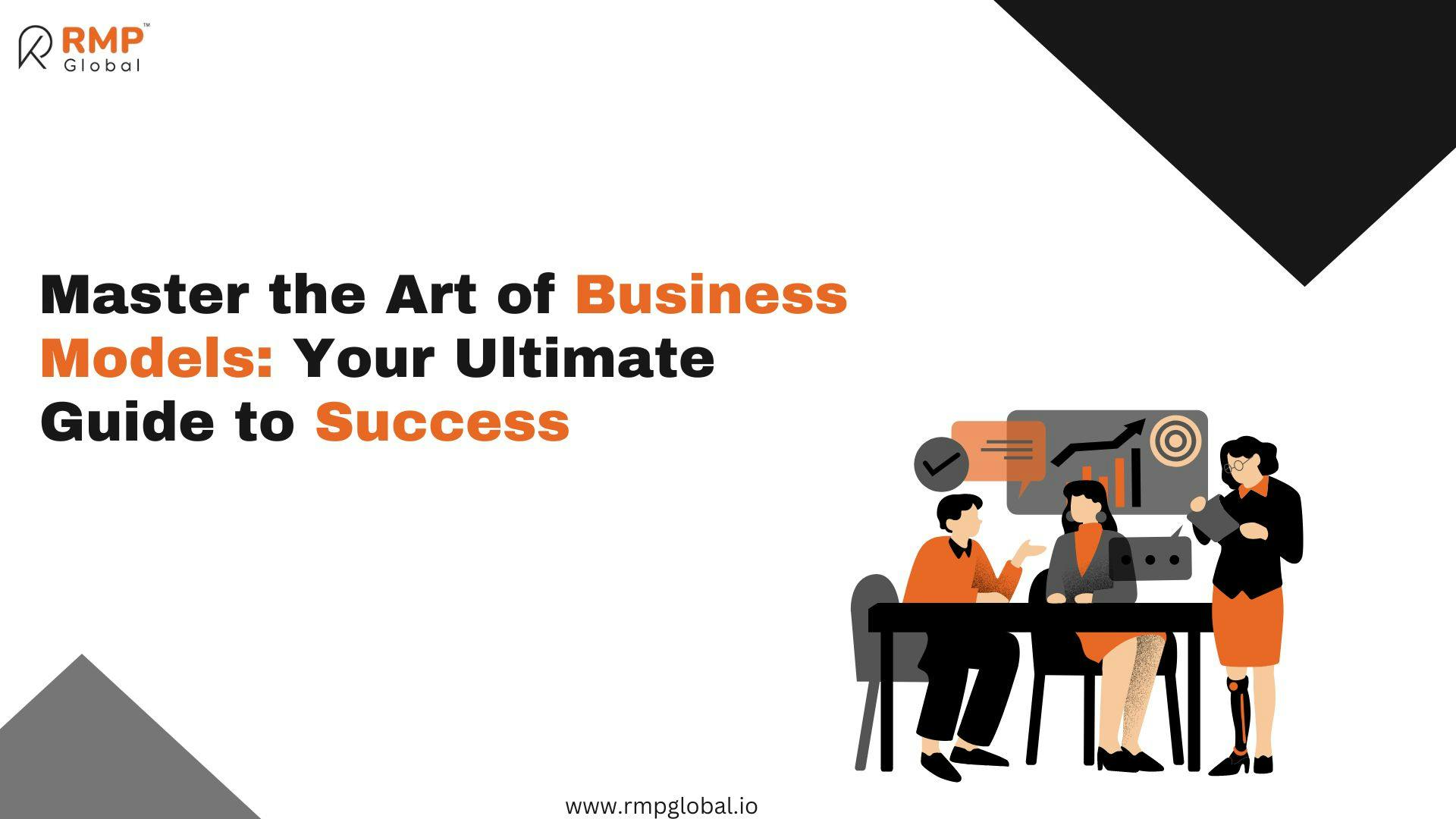
Share
In today’s fast-paced and competitive business environment, mastering the art of business models is crucial for achieving long-term success. A well-crafted business model not only outlines how a company creates, delivers, and captures value but also serves as a strategic blueprint to navigate the complexities of the market. This ultimate guide will help you understand, design, and implement effective business models that can propel your business to new heights.
Understanding Business Models
A business model defines the rationale of how an organization creates, delivers, and captures value. It encompasses everything from your value proposition to your revenue streams, cost structure, and customer relationships. Understanding the components of a business model is the first step towards mastering it.
Key Components of a Business Model:
- Value Proposition: What unique value do you offer to your customers?
- Customer Segments: Who are your target customers?
- Channels: How do you deliver your value proposition to your customers?
- Customer Relationships: How do you interact with your customers?
- Revenue Streams: How does your business earn money?
- Key Resources: What assets are essential for delivering your value proposition?
- Key Activities: What activities are crucial to delivering your value proposition?
- Key Partnerships: Who are your key partners and suppliers?
- Cost Structure: What are the major costs associated with your business model?
Steps to Mastering Business Models
1. Identify Market Needs
Start by identifying the needs of your target market. Conduct comprehensive market research to understand customer pain points, preferences, and behaviors. This knowledge will inform your value proposition and overall business strategy.
2. Define a Strong Value Proposition
Your value proposition is the core of your business model. It should clearly articulate the unique benefits your product or service offers to customers. Focus on solving specific problems and addressing the needs identified during your market research.
3. Choose the Right Revenue Model
Selecting an appropriate revenue model is crucial for financial sustainability. Consider various options such as subscription-based, pay-per-use, freemium, and direct sales. Choose a model that aligns with your business goals and provides a steady stream of income.
4. Build a Scalable Infrastructure
To support growth, your business needs a scalable infrastructure. Invest in technology, processes, and people that can handle increasing demand. Ensure that your operations, supply chain, and customer service are capable of scaling efficiently.
5. Focus on Customer Relationships
Building strong customer relationships is key to retaining customers and driving loyalty. Develop strategies for customer acquisition, retention, and engagement. Use CRM tools and data analytics to personalize interactions and improve customer satisfaction.
6. Leverage Technology
Embrace technology to enhance your business model. Utilize digital tools for marketing, sales, customer service, and operations. Technologies such as AI, big data, and IoT can provide valuable insights and improve efficiency.
7. Innovate Continuously
Innovation is essential for staying competitive. Encourage a culture of continuous improvement within your organization. Stay updated with industry trends and be open to experimenting with new ideas and approaches.
8. Monitor and Adapt
Regularly review your business model to ensure it remains effective. Monitor key performance indicators (KPIs) and gather feedback from customers, partners, and employees. Be ready to make adjustments based on this feedback to adapt to changing market conditions.
Conclusion
Mastering the art of business models is a dynamic and ongoing process. By understanding the key components, identifying market needs, defining a strong value proposition, and continuously innovating, you can create a robust business model that drives success. Stay adaptable, leverage technology, and focus on building strong customer relationships to navigate the complexities of the market and achieve long-term growth.
Newsletter : bmX – Subscribe on LinkedIn
This article is only a knowledge-sharing initiative and is based on the Relevant Provisions as applicable and as per the information existing at the time of the preparation. In no event, RMP Global or the Author or any other persons be liable for any direct and indirect result from this Article or any inadvertent omission of the provisions, update, etc if any.
